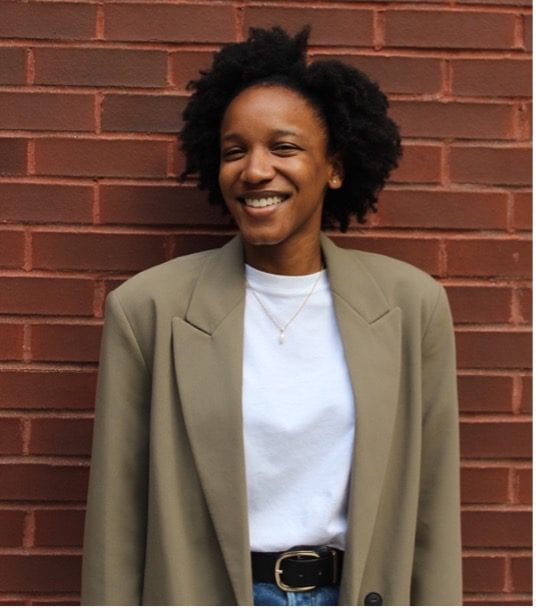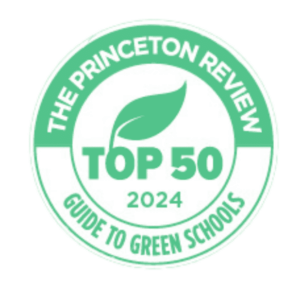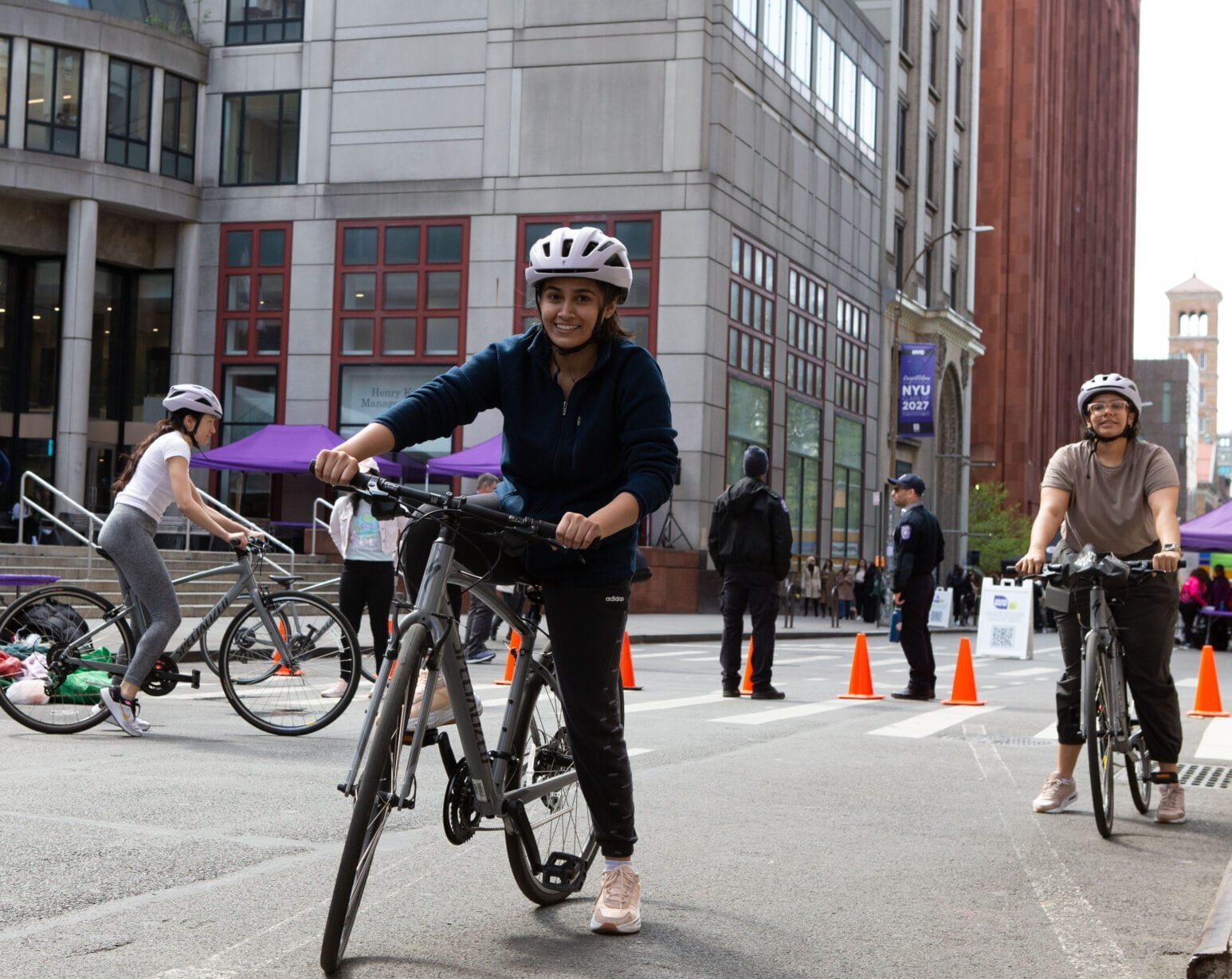 By Nicki Miller
By Nicki Miller
This analysis was written by Elizabeth (Nicki) Miller (pictured on the right). Nikki holds a Master of Public Administration with a specialization in Policy Analysis from the Robert F. Wagner Graduate School of Public Service and a Bachelor of Arts from the University of Connecticut.
ERJ Activism in Dominican Republic
Last fall I attended the virtual Environmental and Racial Justice Network (ERJN) Fall Summit that focused on Teaching at the Margins by Centering Critical Voices in Environmental and Racial Justice in Academic Teaching and Learning. I attended the summit with the intention to hear and learn more about work regarding environmental and racial justice (ERJ). The summit
consisted of keynote presentations on ERJ-related topics, followed by facilitated breakout sessions. Though I wish I could have attended all the breakout sessions, the fourth topic on ERJ Activism caught my attention because it related to the Dominican Republic (DR).
My paternal family is from San Pedro de Macoris – a municipality on the southeastern portion of Hispaniola – so I had a bias towards this session. Like most families in San Pedro, my family’s roots in that area date back to the late 19th to early 20th centuries when former slaves and workers of African Descent migrated from the Lesser Antilles to DR to work in the sugar cane fields and the sugar mills (ingenios). I have always been interested in how my family’s history was intertwined with the sugar cane industry in DR, but for a long time, I thought DR’s larger economy had shifted its dependence away from natural resource extraction. However, the session on ERJ Activism quickly dispelled that belief.
Alejandra Torres – a Masiyiwa-Bernstein fellow at the Global Justice Clinic at NYU School of Law – facilitated the discussion – Extractivism in the Dominican Republic: Environmental Impacts, Community Drama of Daily Life, Contractual Irregularities, and the Mining Industry’s Violation of Human, Social, Cultural, Economic, and Environmental rights.
Research professor and Coordinator of the Dominican Observatory of Public Policies at the Autonomous University of Santo Domingo (ODPP-UASD – Spanish acronyms), Fernando Peña, discussed the plight communities surrounded by multinational mining projects face. These mines include Barrick Gold‘s open pit gold mine, CORMIDOM‘s underground gold mine, and Falcondo’s ferronickel mines in Bonao.
“The Dominican Republic’s fertile soil and warm tropical climate give birth to bright green vegetation and trees. But for the villages around the mine, shrunken black and moldy fruits dangle helplessly from barren limbs.” – Jaclynn Ashly, Jacobin
Professor Peña elaborated on ODPP-UASD’s activism in response to the undeniable impacts mining activities and mining policies have on mulatto, campesino, and impoverished populations and water sources. The impacted communities constantly express their opposition to mining operations that not only have economic or environmental impacts, but physical impacts as well associated with skin lesions, nausea, stomach problems, rashes, high rates of cancer, and miscarriages. The main concerns relate to toxic waste and water reservoirs which make safe drinking water inaccessible. Over 36 water services have disappeared because of the pollution of water activities. There is also a looming fear and threat that mining companies want to transform the island into a huge gold mine which puts the Dominican Republic and Haiti at risk of becoming a desert because of plans for mining in areas with fresh water.
Professor Peña laid out what steps have been taken or must be taken to address Extractivism in DR. He started with the root issue – the weak management by the government regarding the environment and laws governing mining practices are byproducts of weakened institutions abused by mining monopolies. In response to this ODPP-UASD has worked directly with impacted communities to get a better understanding of their current water crisis and how their rights have been violated. This research includes training community members in reporting violations made by mining companies.
Secondly, mining activities’ compliance with human rights and environmental considerations must be mandated by the government. This can be advanced through grassroots movements and informing communities. These actions will help enhance the resistance to these projects to protect the island from special threats the mining industry poses (1), raise awareness, and help improve reporting and transparency of mining practices.
Lastly, ODPP-UASD has developed a permanent intervention in the communities directly affected by the mining companies and their tailings dams, empowering them to push back against the system in which these mines operate in. However, to truly effect change, Professor Peña says these communities and ODPP-UASD need worldwide attention and political solidarity on this issue to urge the Dominican government to implement mandates concerning mining activities.
It is important to realize that every place with an abundance of natural resources whether in the Caribbean or somewhere else in the world faces a constant tension between ERJ and profit – a central tenant in a capitalistic system. This tension should not result in a zero-sum game where some communities suffer in the long run just in the name of profit and economic growth in the short run. Unfortunately, it does especially in a context without rules, regulations, or safeguards to protect the most vulnerable communities and environments.
When I was contemplating applying to NYU for graduate school, the rhetoric around “Making an Impact” drew me to apply and ultimately choose Wagner. Over time I have realized that making an impact, whether domestically or internationally, involves working within a context shaped by historical, social, and environmental circumstances. Because of this context, any conversation revolving around making a positive impact must include a critical component of environmental and racial justice for two reasons —
(1) According to Professor Peña these threats include environmental threats, social poverty threats, discrimination threats, watercourse/reservoir threats, exploitation threats, and racial threats.
♦ Firstly, to empower members of marginalized and minority groups who have faced the legacies of racism and colonialism.
♦ Secondly, to ensure that these marginalized groups in any area or country have the same access to activate laws and policies that ensure their safety and mitigate (if not eradicate) environmental damage.
We cannot talk or learn about making an impact without considering the triple bottom line and all stakeholders involved in policy conversations, locally or abroad. Spaces and forums like ERJN advocate for considering the intersection of social, environmental, and racial justice. I look forward to seeing these considerations incorporated more into Wagner’s and the broader NYU course curriculum.
For more on mining extraction in DR see below:






